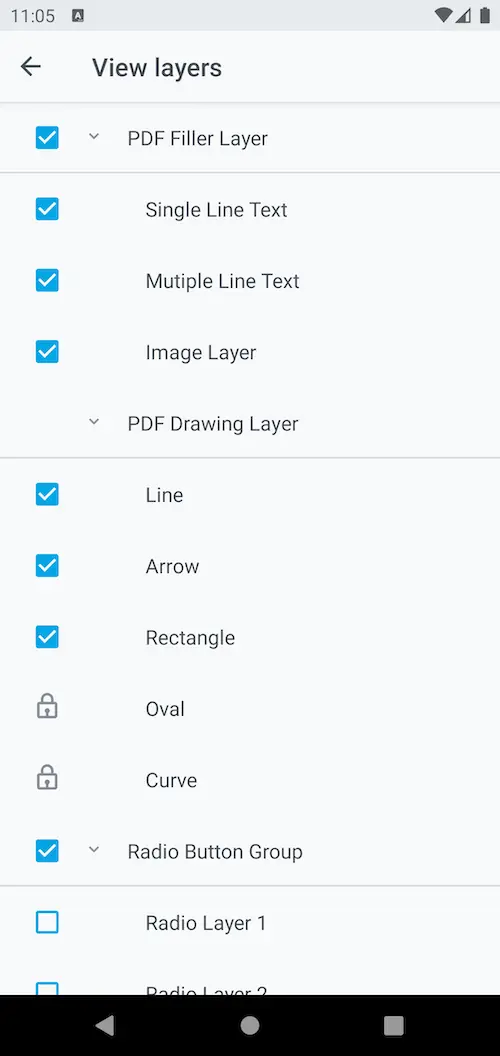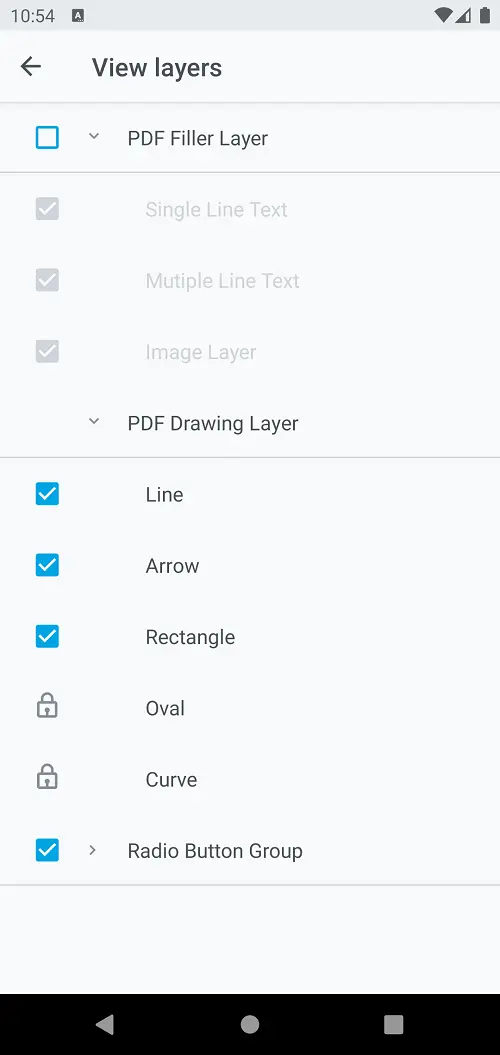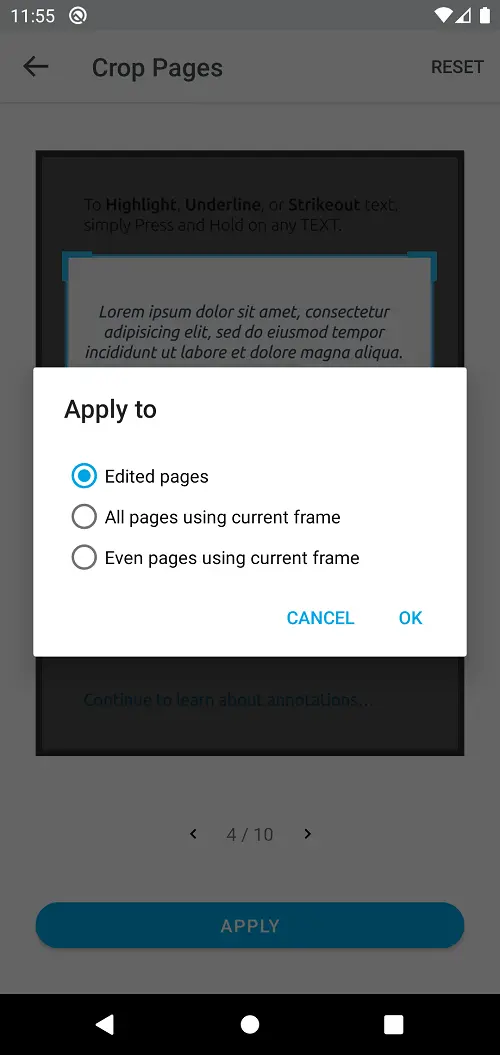New - Nested OCG Layer and More with Apryse 9.1.1 for Android
By Andrew Ma | 2021 Oct 14

2 min
Tags
release
sdk
android
With the release of Android PDF SDK version 9.1.1, we’ve added new features to improve user productivity with documents. Our biggest new feature this release? Nested OCG layers.
In addition, we’ve added support for moving annotations between pages, and many smaller tweaks designed to further improve the user experience.
This post describes all the major changes in version 9.1.1 of our Android PDF SDK. For example, you’ll find out what a nested OCG layer is and enables!
To see the complete list, check our changelog!
Nested OCG Layers
A PDF OCG (Optional Content Group) dictionary represents a collection of graphic objects to make visible or invisible. What this means is you or your users can toggle layer visibility on or off. Layers can include pretty much anything viewable in a PDF file, namely, page contents, XOBjects, and annotations.
Nesting OCGs gives you the additional capability of logically connecting how layers are toggled off and on for viewing.
For example, previously, end users could only see the first tree level. But in a nested layer group, you get more options: for example, if the parent is hidden, the nested layers are automatically hidden too. However, if the parent layer is visible, now you can make your nested layers visible or invisible.
This is useful for showing different layers in maps, AutoCAD, or design blueprints and documents with layered structure of information.
Normal State

Disabled State

Moving Annotation Between Pages
In version 9.1.1, we now support moving annotations across pages. Select an annotation and drag it to a new page.
To do so, you must first enable setMoveAnnotationBetweenPages.

UI Improvements
Lastly, we also rolled out a number of quality-of-life improvements to the viewer UI. Many were inspired by insightful feedback from our customers. Here are a few examples:
- The Scrollbar interface was redesigned for better space allocation and a more intuitive experience. The Previous and Next buttons are now grouped together; both display in the bottom-right corner. Previously, they displayed one at a time.

- Users can now enter passwords to remote PDF documents.
Visit the changelog for Apryse 9.1.1 for Android to see the full list of other UI improvements.
Wrap Up
We hope you’re as excited as we are about Android SDK version 9.1.1’s new additions! You can see them in action today by visiting our live Android showcase.
We’ve got a lot more planned, so stay tuned for updates. As always, we’d love to hear your feedback on what features to roll out next and what other ways we can improve the experience to make it more intuitive. Please let our developers know your thoughts; contact us with any questions or suggestions.
Tags
release
sdk
android

Andrew Ma
Related Products
Share this post


